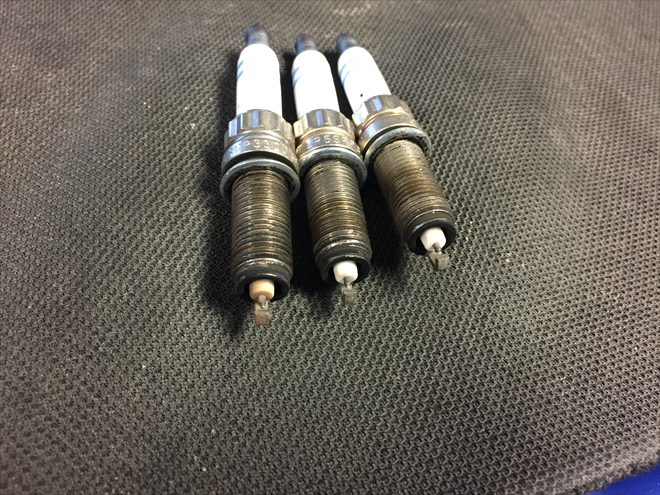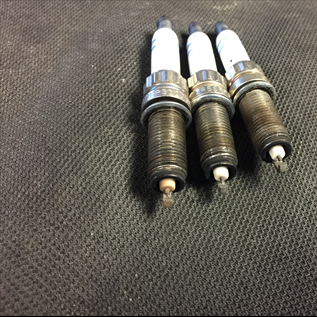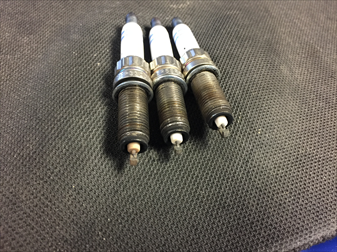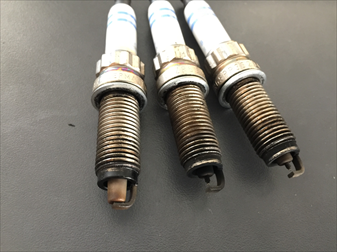

On the latest modern cars, we have become used to the fact, that they are equipped with quite small engines. Cars, that were not until long ago equipped with 2.0-litre engines now use small 1.2 litre or even "1.0 litre" direct-injection turbocharged engines.
These new small engines are struggling with a phenomenon called LSPI. This is an abbreviation for a problem that cannot be resolved to full satisfaction. This can cost the car owner a considerable amount of money because LSPI can destroy a low mileage engine in a relatively new car.
The car manufacturers recommendation to use 98 octane petrol is not just because of desire that the car would perform better, but on some of these cars, it is very often a necessity that nobody shouts out loud. If the customer doesn't adhere to these requirements, his repair claim could be rejected, even if the car is still under warranty.
We can appeal against the rejection because the car manufacturer should clearly emphasize why the more expensive high octane (98) petrol must be used and explain that if this petrol is not used that the engine could be severely damaged. The car manufacturers are trying to fix this engine design problem but at the same time, the car owners should be aware of this issue.
Turbocharged, direct-injection and "downsized" engines are prone to severe engine damage by engine "knocking". Another name that can be used can be "pre-ignition", "pinging" or "super knock"!.
Every average car mechanic can oppose: "Every petrol engine has been equipped with a knock sensor for the last 20 years!"
Yes, this is true but the knock sensor for this specific issue is ineffective because the engine ECU software isn't programmed to detect this. This engine knock is specific and doesn't happen during the normal cylinder ignition period (in the standard detonation window range) but it occurs much earlier in relation to the crank rotational angle and due to completely different reasons. Nevertheless, the result is the same and very often terminal.
We should also add that in general, the car manufacturers are not willing to pay the very costly repairs under warranty caused by this issue and that their lawyers are very well prepared to reject these claims. The truth is that the car manufacturers are selling cars with an engine design issue that they are trying to overcome by forcing the owner to strictly use 98 octane petrol. The car manufacturer doesn't point this fact out in the cars Users Manual. The owner could probably cancel his purchase contract for the car for these reasons.
The FCD Academy now contains a new article about LSPI: Pre-ignition On Modern Small CC Turbo Engines @ that describes what it is, the symptoms and most importantly how to clearly detect LSPI with an oscilloscope.

An experienced technician should most probably recognize that there is an LSPI issue just by looking at the recently replaced spark plugs. The first spark plug from the left is discoloured and has a brown-orange colour and the end is covered miniature metal particles. This is an LSPI symptom and a warning sign that major engine damage can happen (burnt valves or a burnt piston).

We can't be surprised that the engine ECU is reporting a misfire on cyl. #3 and instantly cuts off injection. Here we can see that the spark plug insulator didn't withstand the high temperatures, high pressures and vibrations. Luckily it didn't break off and fall into the cylinder. We can just imagine what kind of damage this would cause.
Kompletní informace na toto téma
a mnoho dalších informací najdete pod odkazy níže.
Vyzkoušejte si nás nezávazně na 14 dní zdarma.
Vyzkoušet 14 dní zdarma
Komentáře (0)
Vložit soubor